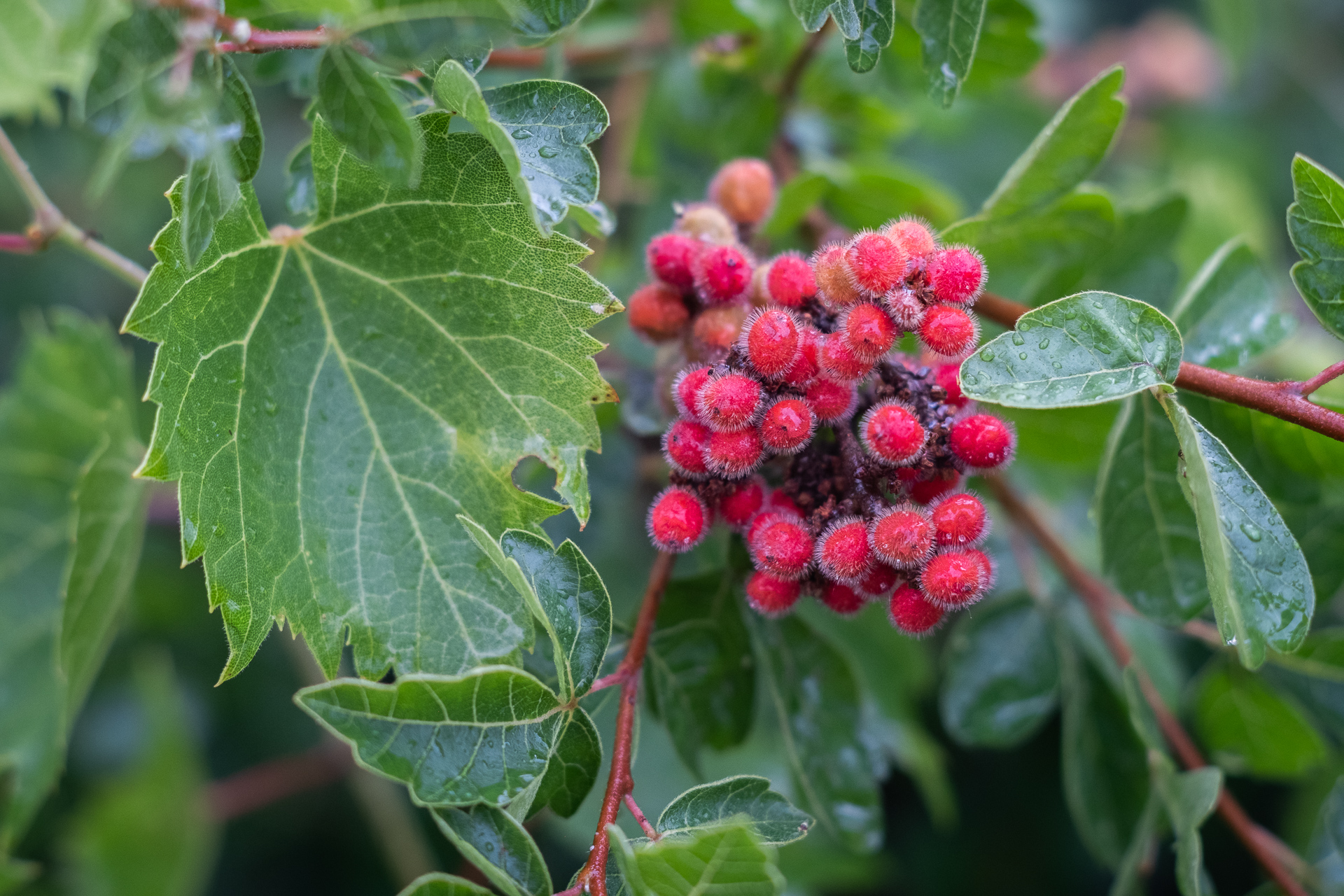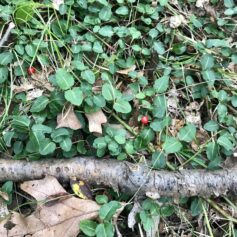Description
Fragrant Sumac: A delightful addition to landscapes, fragrant sumac (Rhus aromatica) brings color and aroma to gardens and natural spaces alike. This hardy shrub presents a spectacle with its trifoliate leaves that turn vibrant red in the autumn. The term ‘fragrant’ is apt, as crushing its leaves releases a pleasant, citrus-like aroma, making it a sensory experience in more ways than one.
Habit: Fragrant sumac is characterized by its sprawling, low-growing habit, often forming dense thickets. In early spring, it sports clusters of yellow-green flowers, which later develop into small, red, hairy berries. These berries not only provide a visual treat but also serve as a food source for various wildlife.
Natural Habitat: This sumac variant feels right at home in sandy terrains, often gracing dunes and sandy woods. Its adaptability allows it to handle various conditions, from dry soils to those that are occasionally moist. Its preference for full sun to light shade makes it a versatile choice for gardeners aiming to recreate natural habitats.
Etymology: The common name “Fragrant Sumac” hints at the aromatic nature of its foliage. The genus name (Rhus) can be traced back to ancient Greek, referring to the plant’s red color, particularly evident during the fall. The species name (aromatica) underlines its aromatic properties. Our plants are of the variety arenaria, which signifies its association with sandy habitats.
Distribution: Predominantly found in parts of the central U.S., fragrant sumac’s range stretches from the Great Lakes to parts of the Midwest. Its ability to flourish in a variety of environments, combined with its striking appearance and aroma, has solidified its status as a favorite among garden enthusiasts and conservationists.
Learn More: NC State extension has great information about the species. Check it out here.








